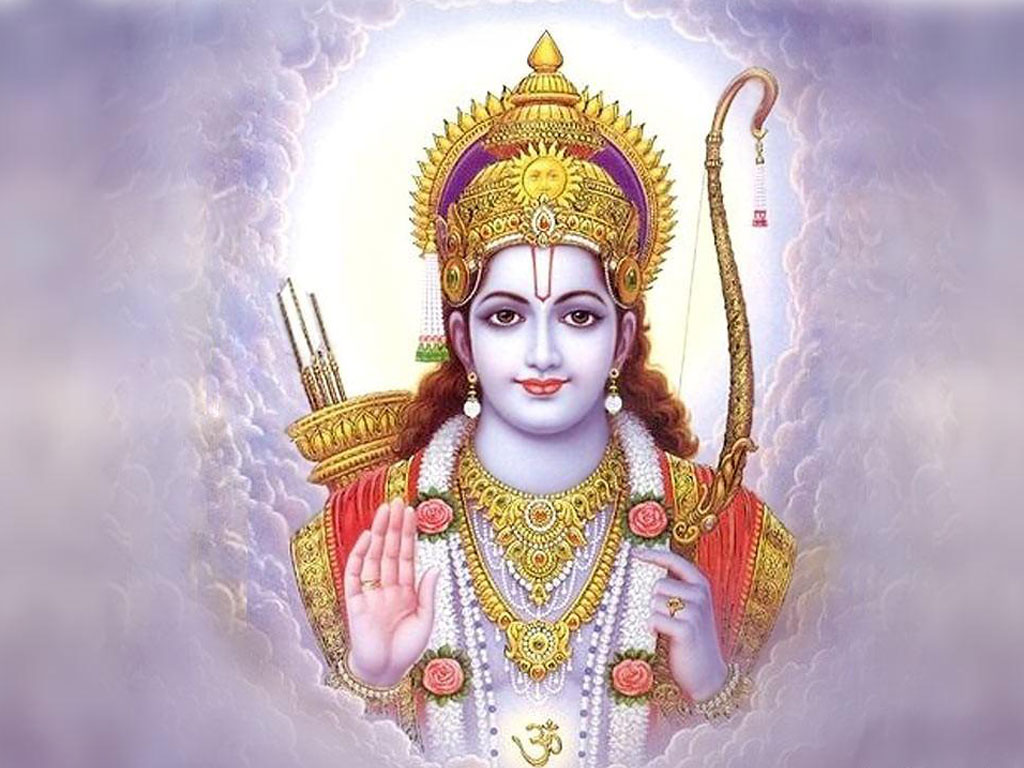History Of Ram Navami
Ram Navami is a well-known Hindu holiday. The purpose of this event is to commemorate the birth of Marayada Purshottam Ram, a manifestation of Lord Vishnu. The nine-day Chaitra-Navratri celebrations come to a conclusion on this day, which is also known as Sri Rama Navami. Not just the Hindu population in India but also the Hindu community outside holds the festival of Ram Navami in the highest regard.
There is great enthusiasm and joy in celebrating the holiday. During this time, a lot of devotees fast as well. It is said that Lord Rama bestows boundless happiness and good fortune upon all the devotees who observe fasts on this day. If you want to learn more about Ram Navami’s past, continue reading.

One of the earliest festivals observed in India is Ram Navami. Since Hinduism is the oldest religion in the world, it is stated that the date of Ram Navami dates back to a time before the arrival of Christians. There is another mention of Ram Navami in the Kalika Puran. It is stated that during the days when caste systems were prevalent in India, one of the few holidays that the lower castes were allowed to observe was Ram Navami. It is regarded as one of the five main holy days in Hinduism, and it is believed that keeping this fast correctly brings about salvation.
Every year, the months of March and April witness a bustle of activity in India’s temples and other places of worship, attended by millions of devoted Hindus who have faith in God. For those who are thoroughly aware of Hinduism, the approaching month of Chaitra and the celebration of Ram Navami, one of the most revered Hindu holidays, on the ninth day of the waxing moon phase, or “Shukla paksha,” is not unusual.
Devoted Hindus hold that Dasharatha, the king of Ayodhya, a historic city in the Indian state of Uttar Pradesh, had his prayers granted on a day like this in the year 5114 BC. The names of this king’s three wives were Kaikeyi, Sumitra, and Kausalya. However, none of the three produced a male child that the monarch would have required to manage his empire and be the heir apparent. The King was unable to become a father, even after being married for a number of years.
Then, the renowned sage Vasistha told him to carry out the sacred ceremony known as Puthra Kamesti Yagna, which is done in order to have a child. The renowned sage Maharshi Rushya Shrunga carried out the ceremony in the most meticulous way imaginable with King Dasharatha’s approval. A bowl of payasam, a rice and milk dish, was given to the king, who was then instructed to divide it among his wives.
The monarch divided the payasam between his two wives, Kaikeyi, his younger wife, and Kausalya, his older wife. Each of the spouses gives Sumithra half of their portions. Due to the unequal distribution of the holy meal, Sumithra gives birth to two boys, while Kausalya and Kaikeyi each give birth to one son.
The day was one of the biggest celebrations in Ayodhya, as everyone in the city, including the royal family, breathed a sigh of relief and hailed God for the miracle, little realizing that God himself was there in the person of Rama, Kausalya’s newborn son. Rama is identified as the seventh incarnation of the supreme god Lord Vishnu in the great Hindu epic Ramayana, which was penned by the ancient sage and Sanskrit poet Valmiki. Rama was born on Earth with the intention of restoring humanity to its former glory, eradicating evil, and safeguarding the innocent.
Final Words
Ram Navami, a festival celebrated with great fervour and devotion, marks the birth anniversary of Lord Rama, the seventh avatar of Lord Vishnu. It signifies the triumph of good over evil and serves as a reminder of righteousness, integrity, and virtue. Throughout the celebration, devotees engage in prayers, bhajans, and recitals from the Ramayana, reflecting on the teachings and life lessons of Lord Rama.
As the day concludes, the spirit of Ram Navami leaves a lasting impact, inspiring individuals to embody the noble qualities of Lord Rama in their daily lives. The festival fosters unity, compassion, and harmony among people of diverse backgrounds, reinforcing the values of tolerance and mutual respect.
Ram Navami also serves as an occasion for introspection and self-reflection, encouraging individuals to strive for inner peace and spiritual growth. It instills a sense of gratitude for the blessings bestowed upon us and motivates us to lead a life guided by righteousness and moral principles.
In essence, Ram Navami transcends religious boundaries and serves as a source of inspiration and guidance for people across the world. It reinforces the timeless values of truth, courage, and righteousness, illuminating the path toward a life of fulfillment, purpose, and spiritual awakening.





